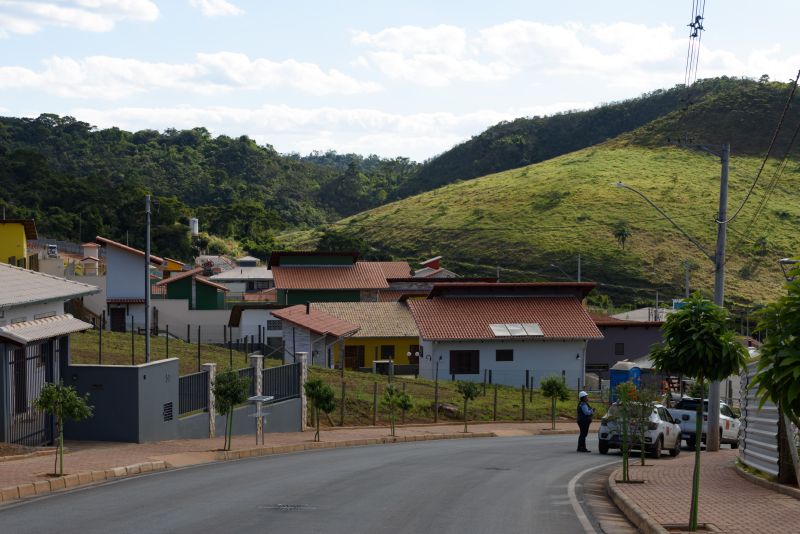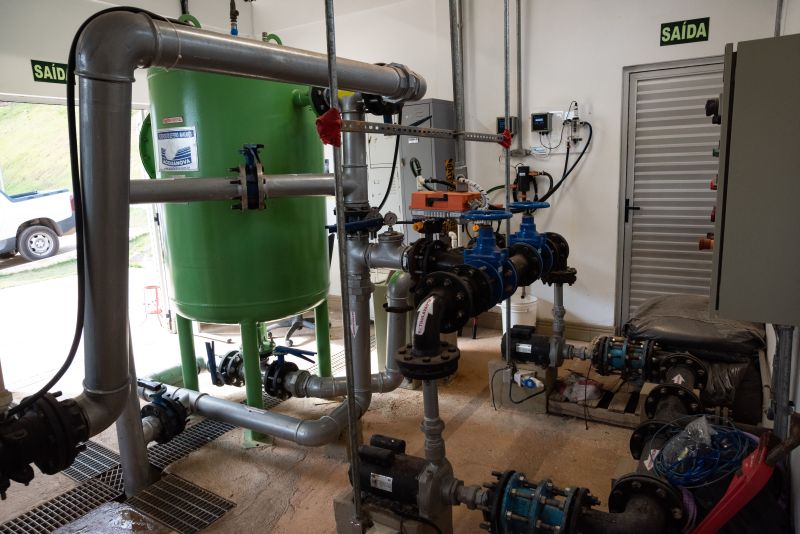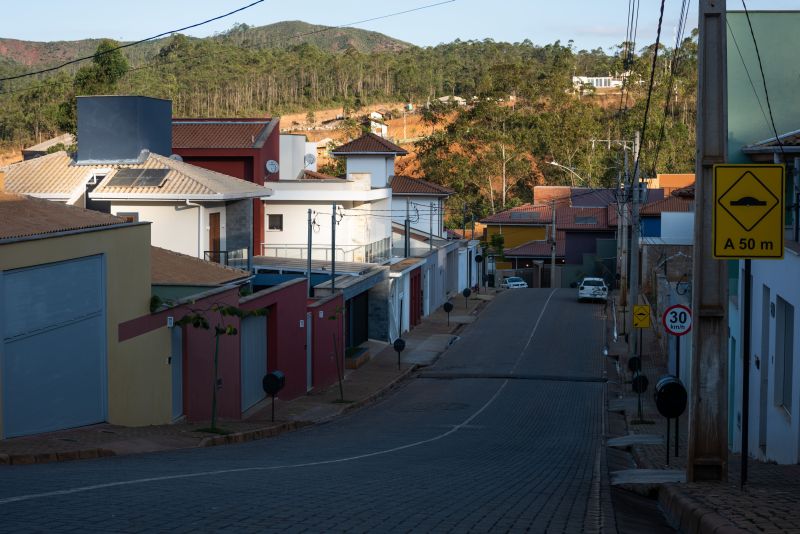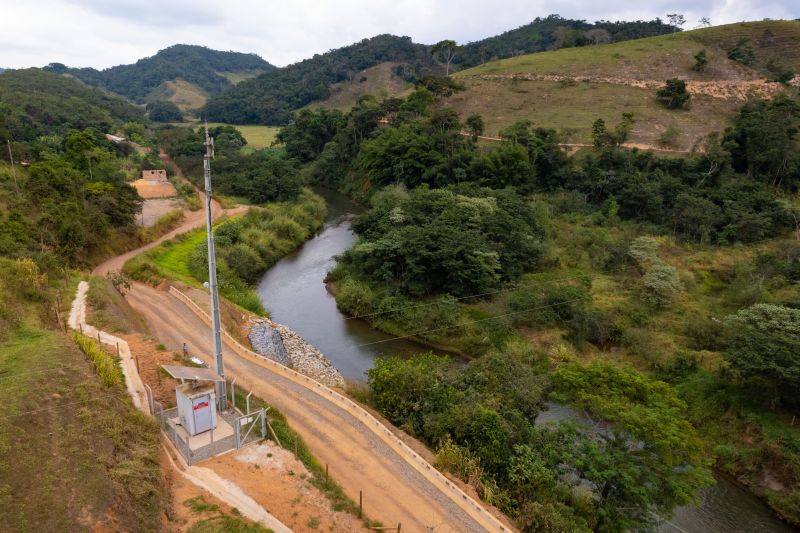The Mariana Dam disaster, a catastrophic event etched into the memories of many, left an indelible mark on the community surrounding the once-bustling tourist destination. Nestled in the heart of Brazil, this area was renowned for its stunning landscapes, rich biodiversity, and vibrant culture, drawing visitors from around the globe.
However, the tragic failure of the dam unleashed torrents of destruction, polluting the waterways and devastating the local ecosystem. Tourists, once enamored by the region’s natural beauty, have since reconsidered their plans, as the aftermath of the disaster continues to shape perceptions and decisions.
What does this mean for local businesses, communities, and the very fabric of tourism in this area? As we delve deeper into the repercussions of this environmental calamity, we uncover the complex interplay between disaster recovery and tourism regeneration, revealing a story of resilience and hope amid adversity.
Overview of the Mariana Dam Disaster

The Mariana Dam Disaster, which unfolded on November 5, 2015, in Brazil, remains one of the most catastrophic environmental incidents in recent history. A mining companys tailings dam failed, unleashing a torrent of toxic sludge that obliterated entire communities and devastated the ecosystem along its path.
In an instant, the serene landscape of the region was transformed into a scene of chaos and despair, with homes swept away and livelihoods destroyed. The river, once a lifeline for local economies and cultures, became a graveyard of destruction.
As the disasters impact rippled outward, inquiries into corporate negligence emerged, painting a chilling portrait of poor oversight and regulatory failure. This calamity set the stage for profound repercussions, particularly on local tourism, as visitors shied away from areas previously celebrated for their natural beauty and vibrant communities, leaving a lasting scar on the region’s economy and identity.
Changes in Tourist Perception

The Mariana Dam disaster has indelibly altered tourists perception of the region, transforming it from a picturesque destination to a site fraught with environmental concerns and safety implications. Once celebrated for its lush landscapes and vibrant culture, the area now evokes a sense of caution, and the images of devastation following the disaster linger prominently in the minds of potential visitors.
Travelers who might have previously flocked to experience local traditions are reconsidering their plans, swayed by reports of ecological damage and the long-term implications for the community. Yet, amid this shadow of doubt, a counter-narrative emerges: some tourists are now drawn to the area out of a desire to witness recovery efforts firsthand, to support local businesses, and to engage with the communities affected.
This duality in perception underscores a complex landscape where curiosity and concern coexist, compelling stakeholders to navigate a fragile balance between restoration and representation.
Best Practices for Reviving Tourism

To successfully revive tourism in the wake of the Mariana Dam disaster, stakeholders must embrace a multifaceted approach that intertwines community engagement, sustainable practices, and innovative marketing strategies. First and foremost, it is essential to rebuild trust with travelers by showcasing a commitment to environmental restoration and social responsibility.
Initiatives like clean-up campaigns, wildlife rehabilitation, and local heritage projects can help foster a sense of ownership among residents, while simultaneously attracting tourists eager to participate in meaningful experiences. Collaborating with local artisans and businesses to create unique, eco-friendly products and tours can enhance the authenticity of the destination, appealing to a growing demographic that values sustainability.
Additionally, leveraging social media platforms to share compelling narratives—stories of resilience, recovery, and cultural richness—can capture the attention of potential visitors, sparking their curiosity and prompting them to explore the region afresh. Ultimately, the road to rejuvenating tourism lies not only in the physical recovery of the landscape but also in nurturing the emotional connection between the destination and its visitors.
Conclusion
In conclusion, the Mariana Dam disaster has had profound and lasting effects on local tourism, fundamentally altering the landscape of Paracatu de Baixo and beyond. The environmental degradation, coupled with the erosion of community trust and the loss of natural beauty, has deterred many potential visitors and cast a long shadow over the region’s tourism sector.
Efforts to rebuild and restore not only the physical environment but also the cultural and economic fabric of affected areas like Paracatu de Baixo are crucial for revitalizing tourism. Moving forward, it is essential for stakeholders to collaborate and implement sustainable practices that prioritize environmental integrity and community well-being, ensuring that the lessons learned from this tragedy shape a more resilient and responsible tourism industry.
Only through dedicated efforts can the region hope to recover and thrive once again as a destination for travelers seeking authentic experiences and natural wonders.


